The University of Stirling’s principal and vice-chancellor Professor Sir Gerry McCormac faced criticism from his staff, students and members of the public recently after his salary was revealed.
Following a £119,000 pay rise in two years, Sir Gerry now earns £414,000 annually, or £438,000 per year, including pension contributions.
Some Stirling University staff expressed “disgust” over the amount, which is more than twice the first minister’s annual wage.
It makes him the best paid higher education boss in Scotland. But does his leadership performance justify his compensation?
At a time when other Scottish universities, like the University of Dundee, are struggling financially, Stirling appears to be thriving, with a turnover of £179.2 million and profits of nearly £7m.
In its latest available accounts, from the financial year 2023-24, the university reported 5.6% total income growth, with a surplus of £6.9 million, “despite a challenging economic and sector landscape”.
Here’s a closer look at where Stirling University gets its money from and a breakdown of its £179.2m turnover.
Tuition fees – 38.6%
In 2023-24, money from tuition fees made up the largest portion (38.6%) of the University of Stirling’s overall income, bringing in £69.1m in total.
The university said this was despite “significant challenges in terms of international student recruitment.”
Over 18,500 people enrolled as students, and more than 30% were international, equating to around 5,550 people.
While Scottish students don’t pay tuition fees, international students and those from elsewhere in the UK will likely have contributed something towards the cost of their education.
Funding body grants – 27.4%
In its accounts, the university shows that £49.1m came from unspecified “funding body grants” in 2023-24, representing around 27.4% of its overall income.
The Scottish Funding Council (the government body responsible for higher education) awards grants to universities in Scotland using public cash in order to fund Scottish students who pay no tuition fees.
Research income – 11%
Research grants made up 11% of the University of Stirling’s income in 2023-24, adding up to £19.7m.
This figure includes £2.6m from the £214m 10-year Stirling and Clackmannanshire City Region Deal, which was awarded in 2023, to be funded by both the UK and Scottish Governments.
The university notes “continued success in expanding the research grant capture in recent years.”
Other income – 20.7%
The University of Stirling raked in £37.1m of miscellaneous “other” income during 2023-24, or 20.7% of its total turnover.
Its accounts highlighted “increased commercial activity from residences, catering and conferences.”
This figure includes £4.3m from the Stirling and Clackmannanshire City Region Deal.
Investments – 1.9%
A small portion (1.9%) of the university’s income comes from financial investments.
In 2023-24, these made £3.4m – a jump up from the previous year, “reflecting the increase in interest rates”, says Stirling University.
Donations and endowments – 0.4%
Finally, £0.8m worth of donations and endowments made up 0.4% of the University of Stirling’s income during 2023-24.
These payments tend to come from graduates of the institution who wish to support their alma mater by giving back financially, or money is left to the university in someone’s will, following their death.
For more Stirling news and features visit our page or join us on Facebook
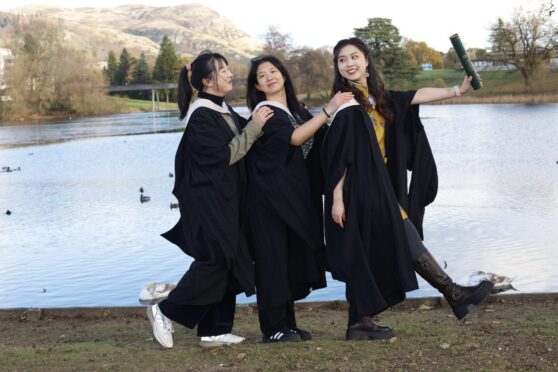

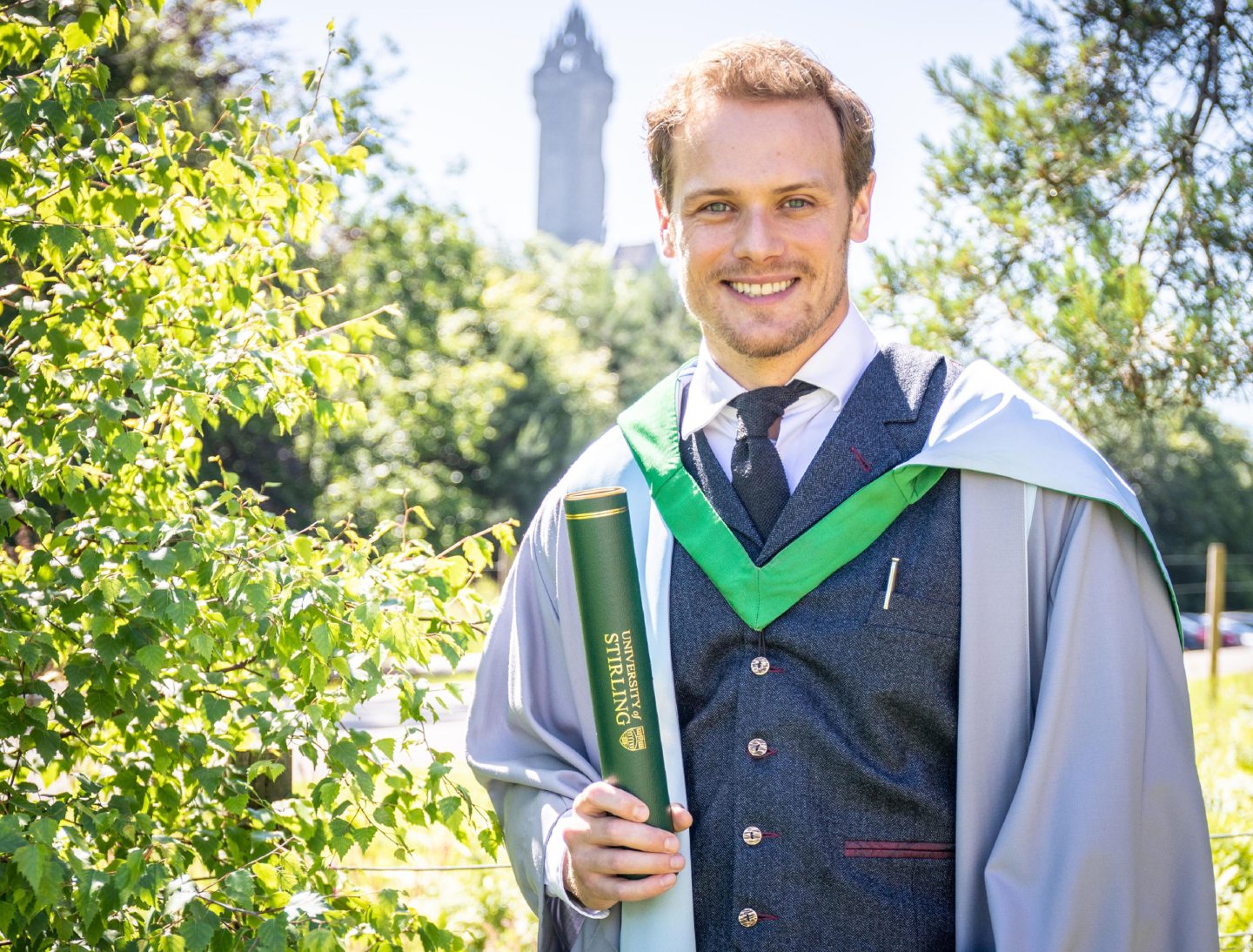
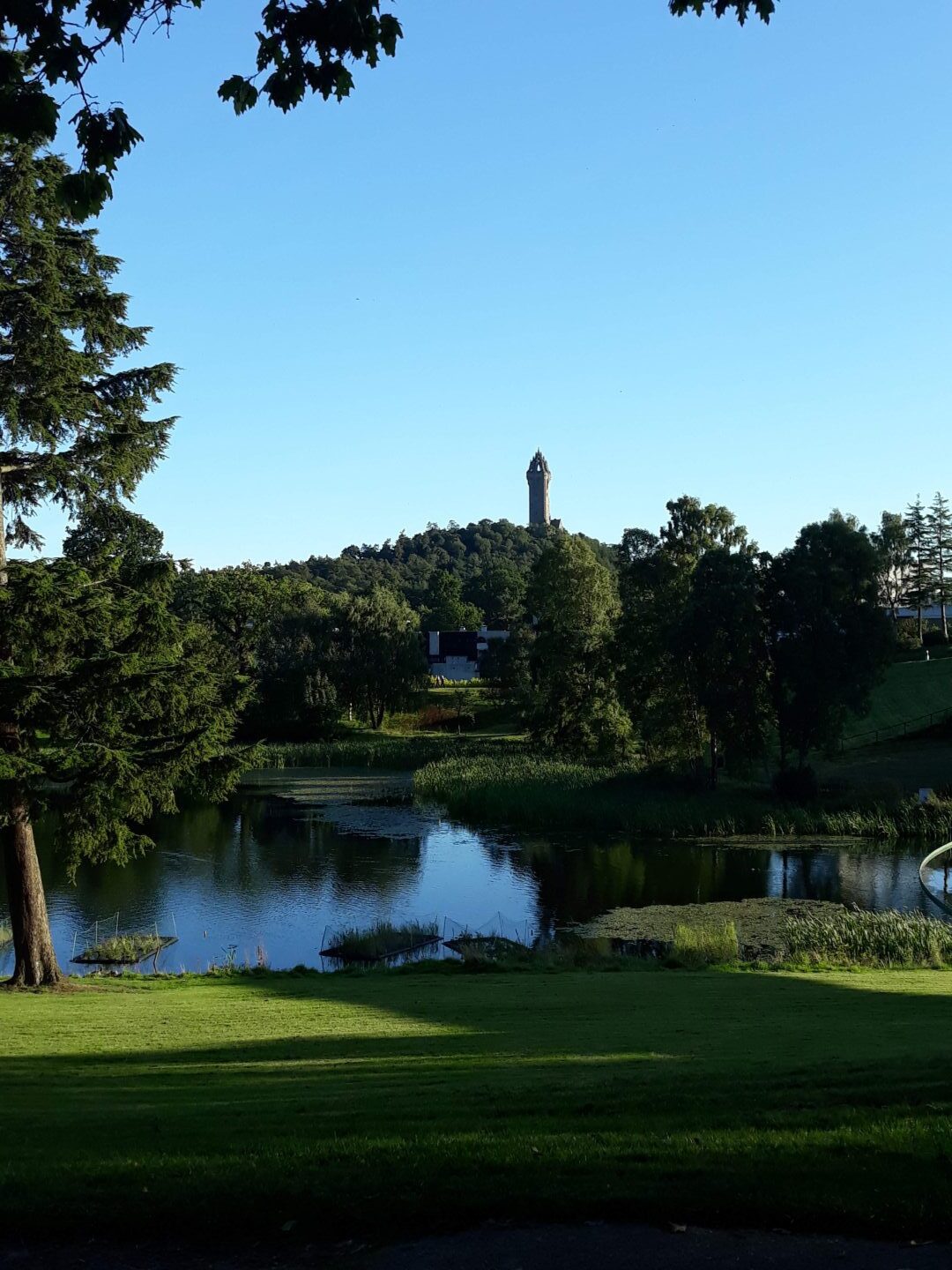

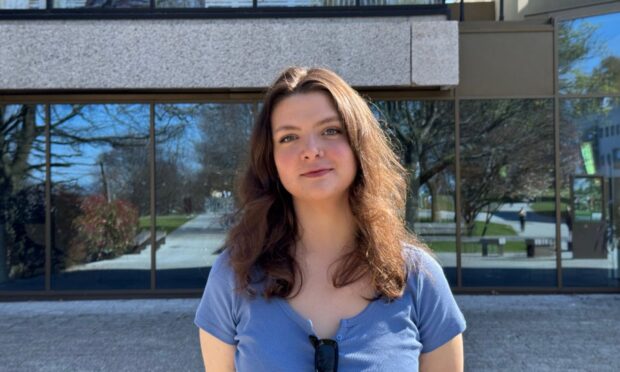

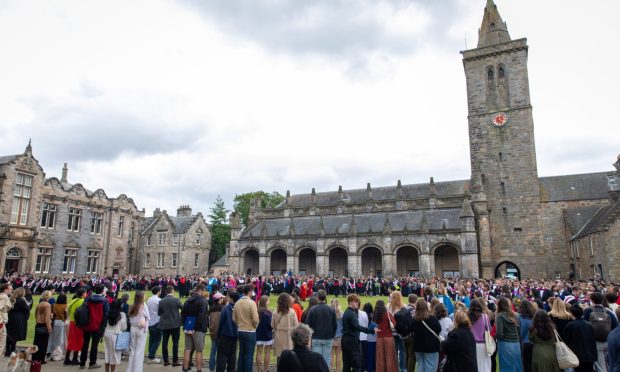
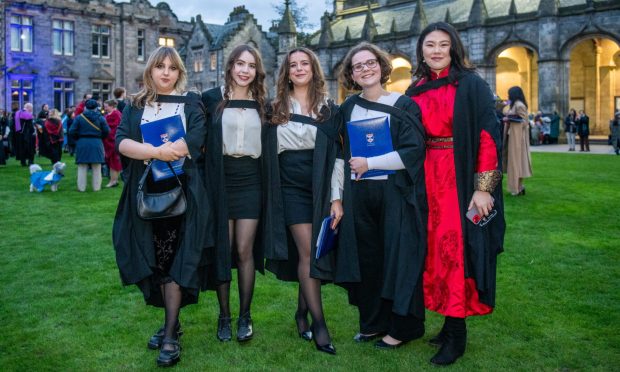
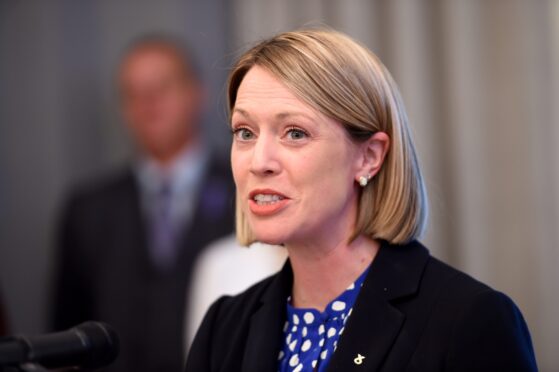
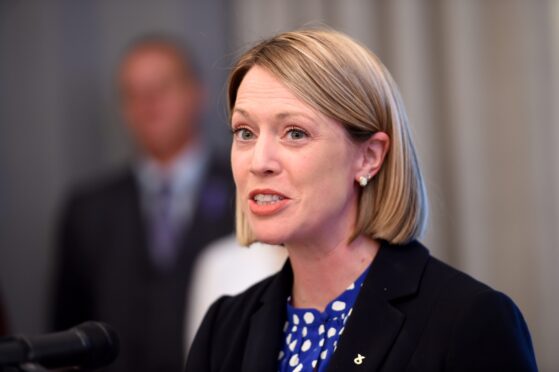
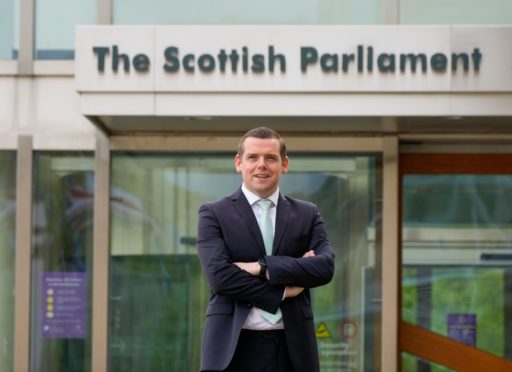

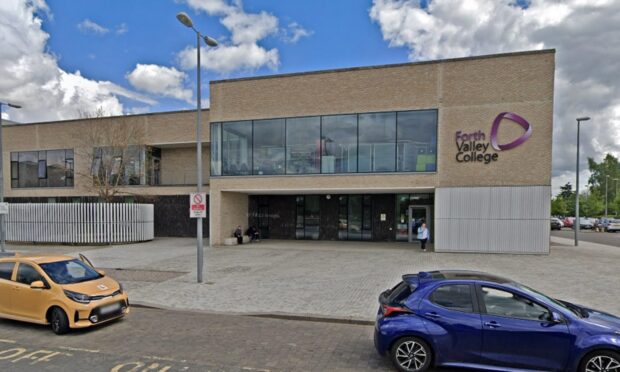
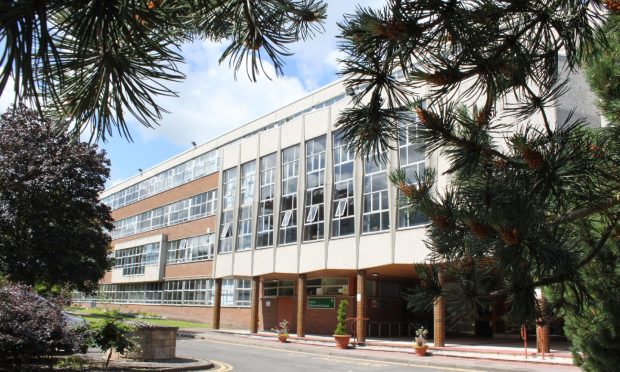
Conversation